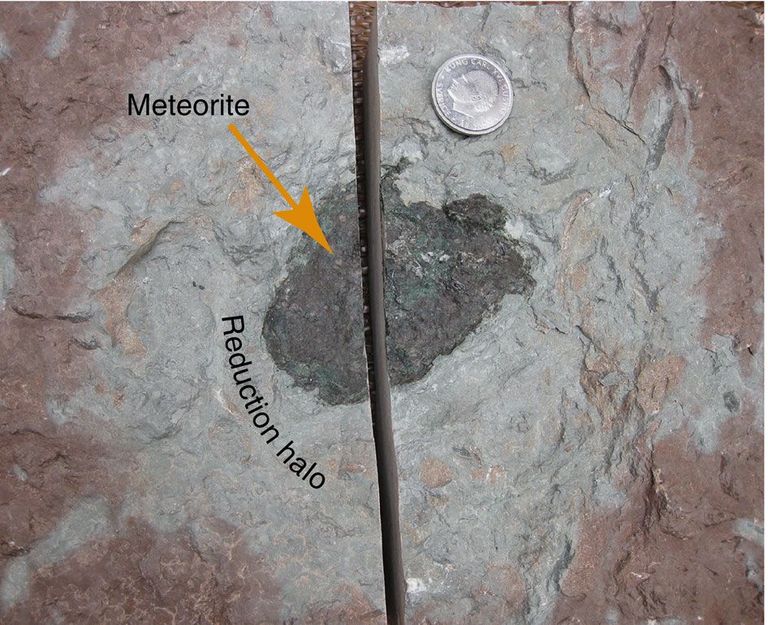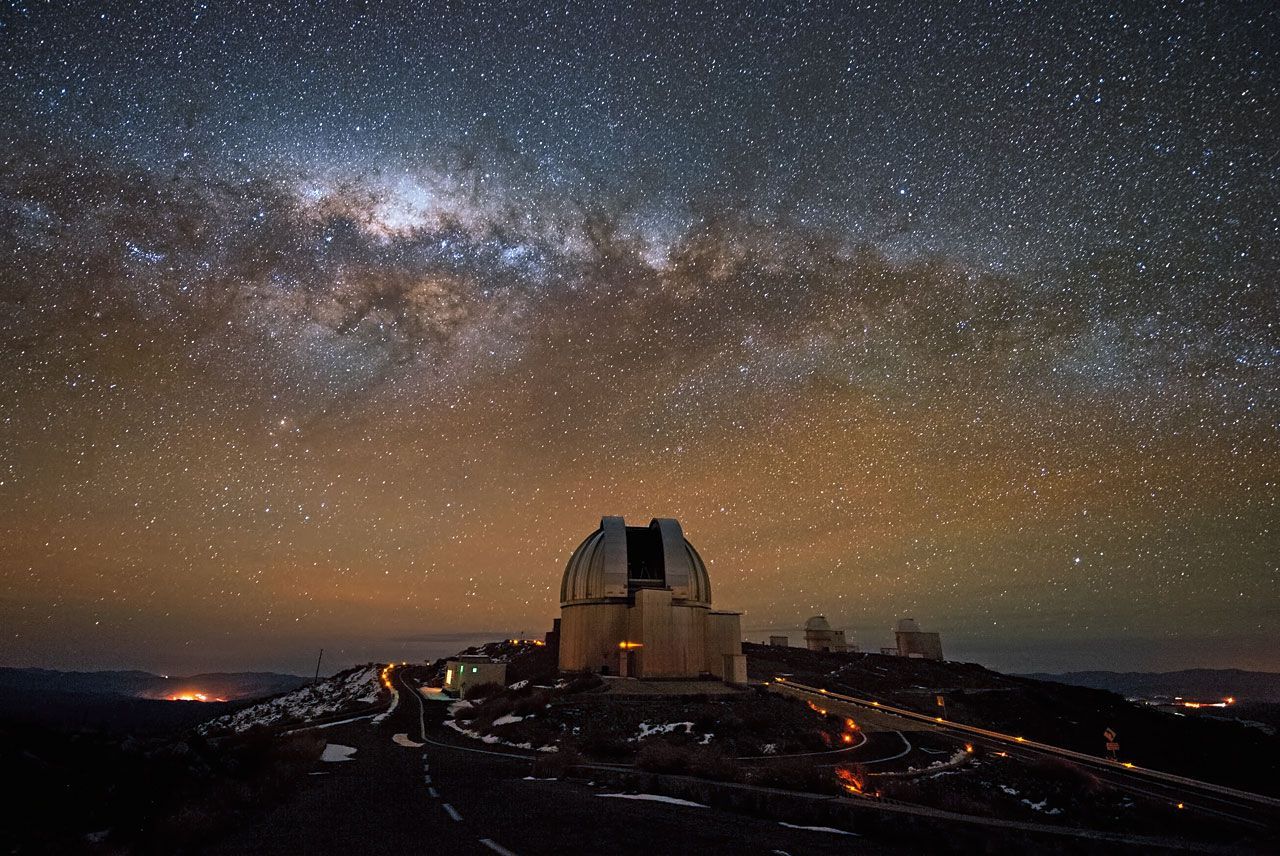Scientists have identified a completely new type of meteorite
Dr Schmitz' team has recovered more than a hundred of these "fossil" objects in the quarry. But the new meteorite stands out because geochemically its oxygen and chromium signatures are distinct.

Dating suggests the meteorite's parent body was involved in a huge collision in the asteroid belt between Mars and Jupiter some 470 million years ago. This would have been the same smash-up that produced a large class of other rocks known as L chondrites, Birger Schmitz and colleagues tell the journal Nature Communications.


